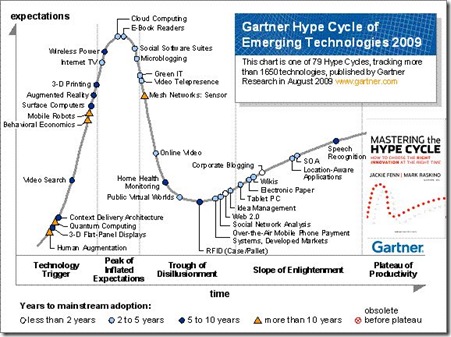Today the Technology Preview version (0.8) of the vCloud API was released. This opens the door to build your own cloud based upon proven VMware technology. This is the next step of VMware entering the Cloud Computing arena.

Who is the vCloud API targeted towards?
The vCloud API is targeted towards developers and IT Admins across our service provider, ISV and enterprise customer community
What are some key distinguishing characteristics of the vCloud API?
This API opens the cloud to application vendors, service providers and enterprise IT. Simplifying the way applications are deployed and managed within the cloud.
For more information see the VMware vCloud Deverloper Forum where you can also find a FAQ, documentation and a forum to discuss the vCloud.

